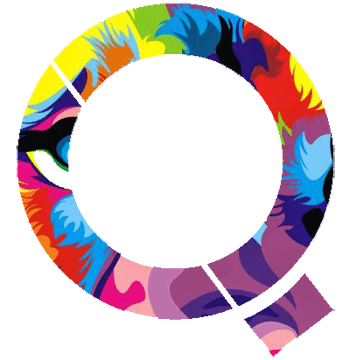| written 5.8 years ago by |
Figure 1.a shows a step-up or a PWM boost converter. It consists of dc input voltage source VS, boost inductor L, controlled switch S, diode D, filter capacitor C, and load resistance R.
The converter waveforms in the CCM are presented in Fig.1.b. When the switch S is in the on state, the current in the boost inductor increases linearly and the diode D is off at that time. When the switch S is turned off, the energy stored in the inductor is released through the diode to the output RC circuit.

Using Faraday's law for the boost inductor
VSDT=(VO−VS)(1−D)T−−−−−(1)
from which the dc voltage transfer function turns out to be
MV≡VOVS=11−D−−−−−(2)
As the name of the converter suggests, the output voltage is always greater than the input voltage.
The boost converter operates in the CCM for L>Lb where,
Lb=(1−D)2DR2f−−−−−(2)
For D=0.5,R=10Ω, and f=100kHz , the boundary value of the inductance is Lb=6.25μH .
As shown in Fig. 1.b , the current supplied to the output RC circuit is discontinuous. Thus, a larger filter capacitor is required in comparison to that in the buck-derived converters to limit the output voltage ripple. The filter capacitor must provide the output dc current to the load when the diode D is off. The minimum value of the filter capacitance that results in the voltage ripple Vr is given by Cmin=DVOVrRf−−−−−(3)
At D=0.5,Vr/VO=1%,R=10Ω, and f=100kHz , the minimum capacitance for the boost converter is Cmin=50μF .


 and 4 others joined a min ago.
and 4 others joined a min ago.